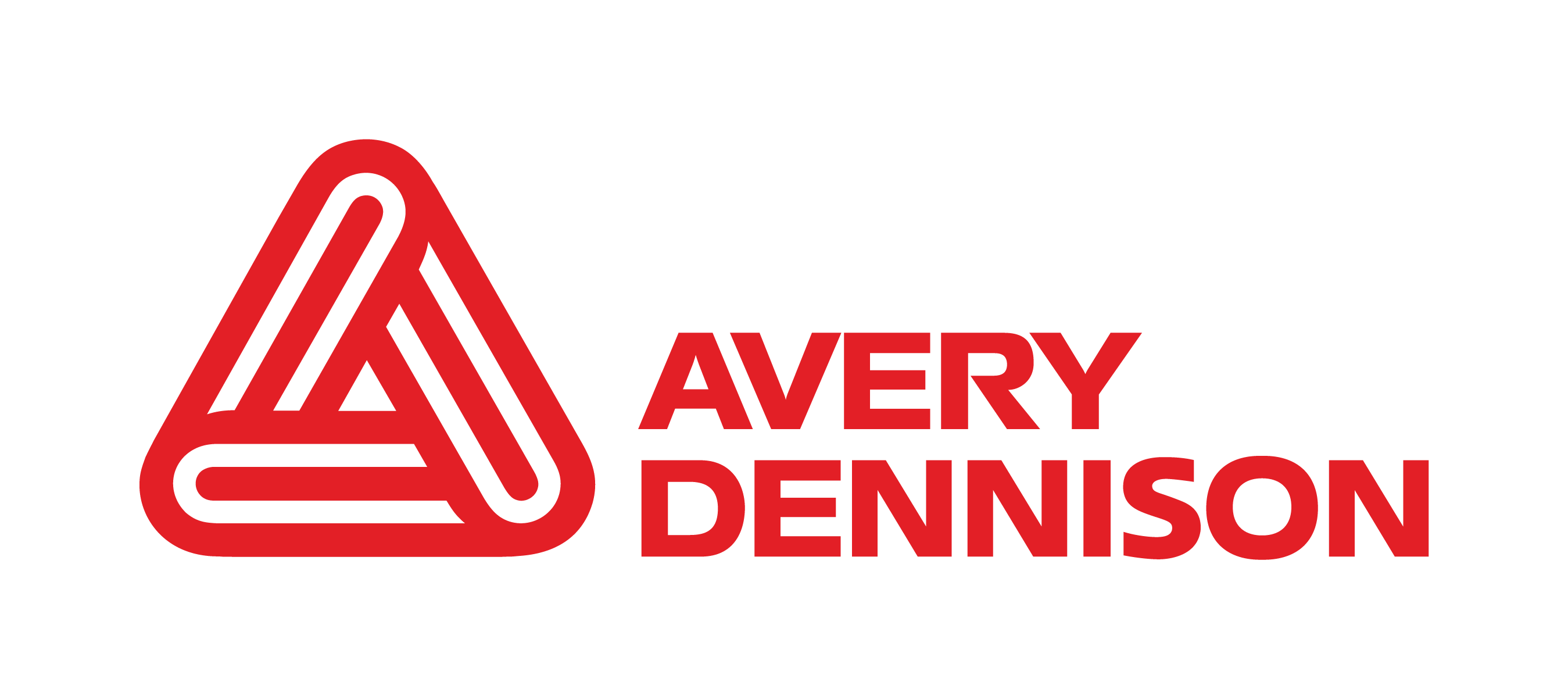Harmony in the value chain
The challenges of packaging choices, disposal, and recycling is not one the consumer can solve. What we need to focus on is harmonization along the value chain. As the world’s largest supplier of self-adhesive materials, Avery Dennison proactively seeks a seat at the table when new design for recyclability guidelines are drawn up and implemented, yet without value-chain cooperation between material producers, suppliers, brands, and recyclers, any progress will be slow.
Without consensus and collaboration, sustainability targets are compromised across the board. One area where this is apparent is the lack of cohesion between the packaging and labeling choices. A lot of time, effort, and resources are spent on choosing the best material and construction for a product’s packaging. Meanwhile, in some cases, the small yet significant label is an afterthought and not taken into proper consideration until the end of the process.




